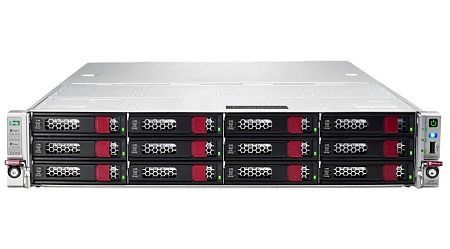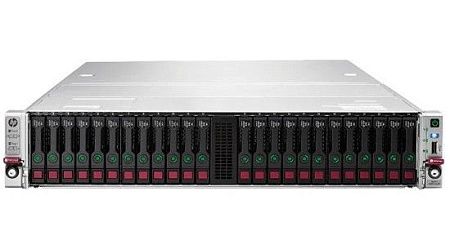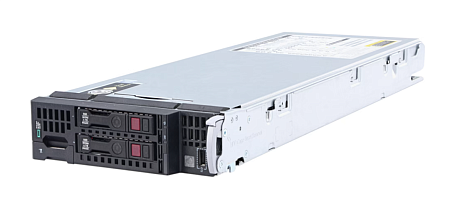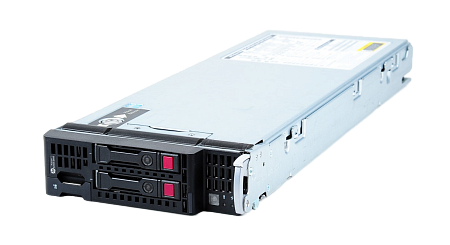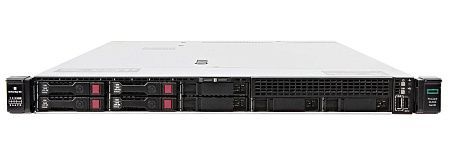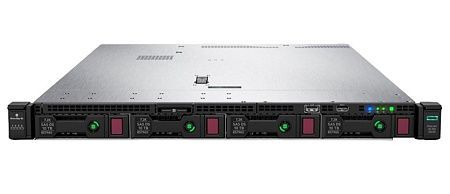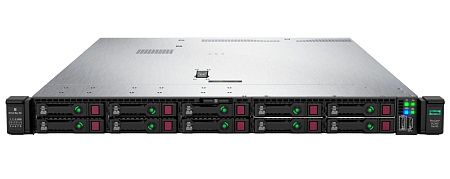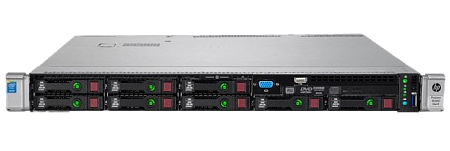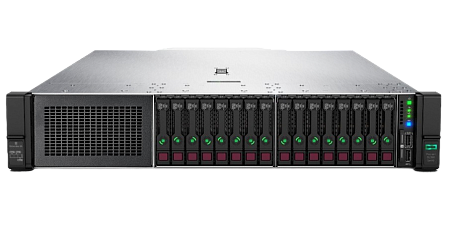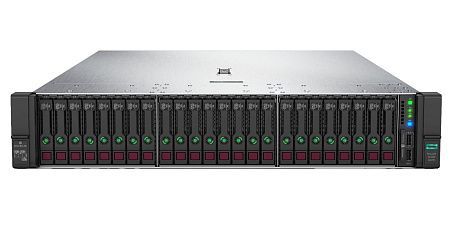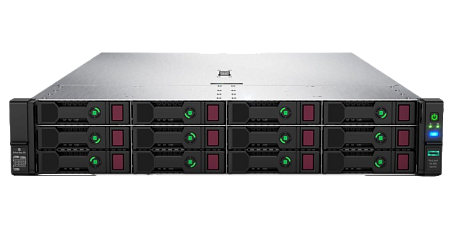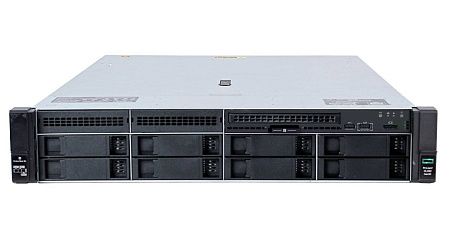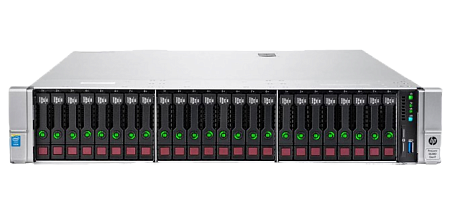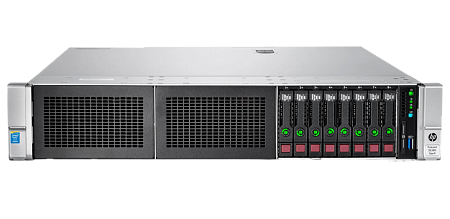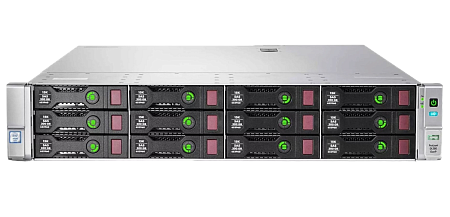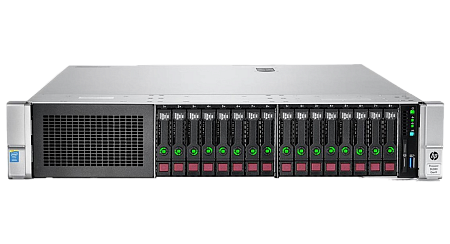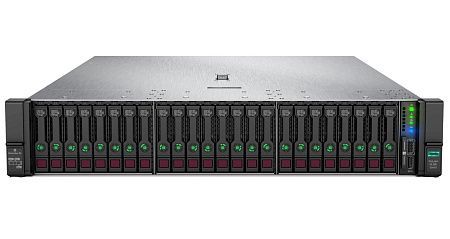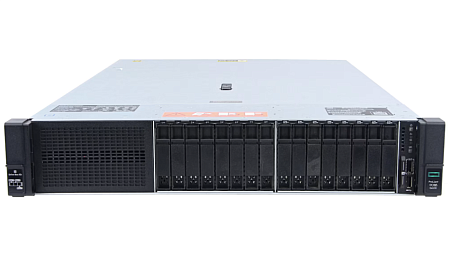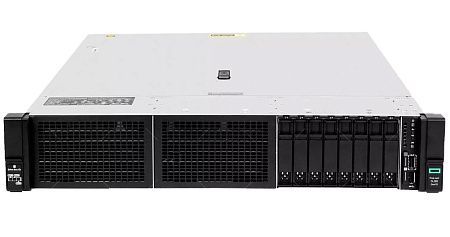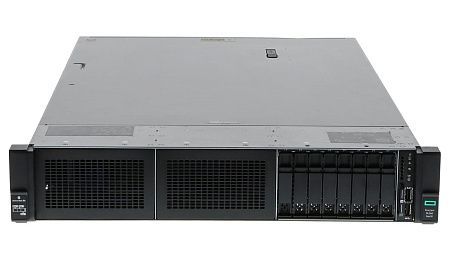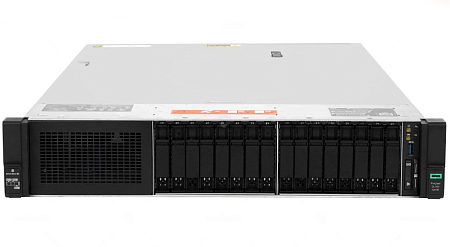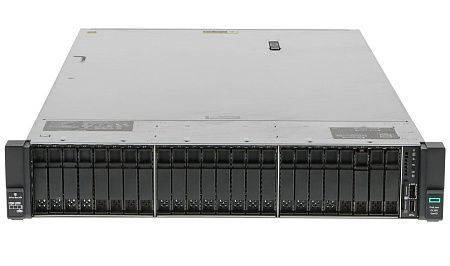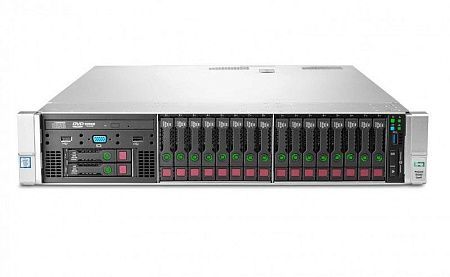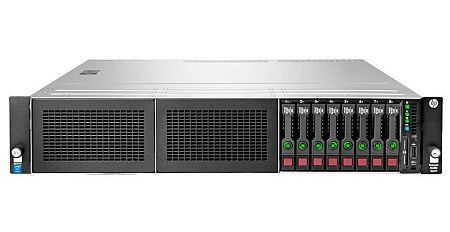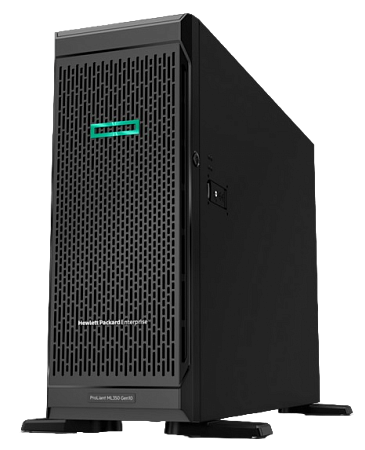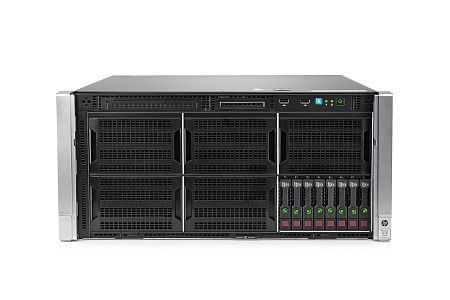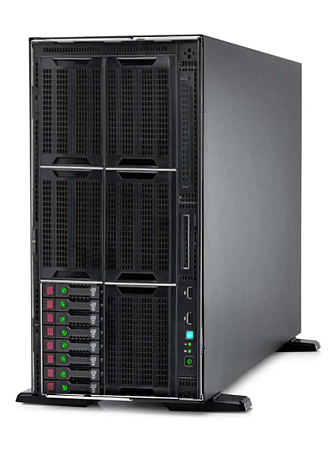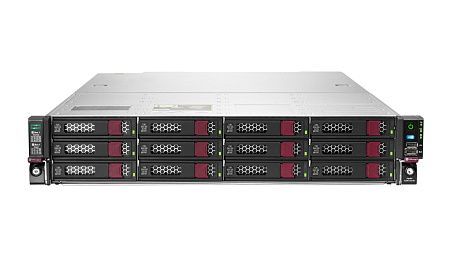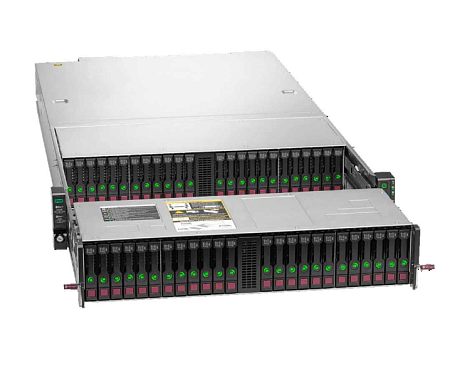Contents of Articles:
Introduction
The HPE Aruba Instant On 1930 budget switch family in a fanless design is the optimal foundational solution for building network architectures for small businesses or small offices where availability, ease of maintenance, and noise reduction are top priorities. In this article, we'll discuss all the features of the 1930 series switch models. The Aruba Instant On switch lineup includes models with fixed configurations based on network load and existing infrastructure: from 8 to 24 gigabit RJ-45 ports, up to 4 high-speed 10-gigabit SFP+ transceivers, and support for Power over Ethernet (PoE) with a total power delivery of up to 370 watts.
Description
The entry-level switch is suitable for addressing most networking tasks while accommodating the technological demands of small businesses. Meeting the requirements of small organizations in the 1930 series is made possible by a range of features:
- Managed Layer 2+ switch: The switch operates at the standard Layer 2 channel level but also supports several additional functions.
- PoE Support: Powering IoT devices, surveillance cameras, and IP phones can be done directly through Ethernet cables, although not all configurations in the family support PoE technology.
- Dedicated SFP and SFP+ Ports: Two SFP ports on 8-port switches and four SFP+ interfaces for fiber-optic connections on 24 and 48-port switches.
- Security Management: The ability to restrict access to crucial corporate information and assign permissions to each network user helps prevent leaks and secure data.
- Mobile and Web Application: Deploying, managing, and configuring the network is done through an intuitively simple graphical interface.
Furthermore, equipment owners receive a lifetime warranty from the manufacturer, significantly reducing business costs in case of a component failure.
Specifications and Computing Power
To solidify its status as a smart switch, the HPE Aruba Instant On 1930 switch is equipped with a powerful ARM Cortex-A9 chip running at 800 MHz. Temporary information storage is handled by a 512-megabyte SDRAM module.
The flash memory capacity is 256 MB, which is sufficient for switching tasks, despite the seemingly modest storage volume. The packet buffer size is 1.5 MB.
Switch Type and Level
The 1930 series switches belong to the managed type, giving them the capability for full network configuration.
The extended Layer 2+ switching level offers numerous additional features, including channel aggregation, static routing, advanced access control systems, and IPv6 host mode.
Number of Network Ports
Depending on the number of employees, devices, and required bandwidth, the Aruba 1930 family offers devices with different configurations:
-
8-port: An ideal choice for small offices that don't anticipate the need to scale their network infrastructure;

-
24-port: A versatile configuration that meets the requirements of most small businesses;

-
48-port: The top-tier model for larger projects or future expansion planning.

Interface Speed
All standard ports operate at speeds of 10/100/1000 megabits per second with automatic speed detection. They support copper-based cables with a maximum speed of 1 gigabit per second.
Stacking Capability
It's important to note that you cannot stack HPE Aruba 1930 switches with identical units, which should be considered in the initial stages of building your corporate network. While this lack of stacking capability imposes some limitations on scalability, it makes the device more cost-effective. Therefore, for anticipated high workloads, it's advisable to choose the 48-port model.
Fiber Optic Connectivity
Aruba 1930 series devices equipped with fiber optic ports enable high-performance local corporate network connections. Depending on the specific model, the device offers one of the following interfaces:
- SFP: Fiber optic transceiver similar to the standard RJ-45 interface, with a bandwidth of up to 1.25 gigabits per second.
- SFP+: Identical to its predecessor, with data transfer speeds of up to 10 Gbps, and compatible with SFP. In the case of 8-port switches, there are only two dedicated SFP ports. For larger configurations with 24 and 48 Ethernet ports, there are four higher-class SFP+ ports.
Switching Performance
Switching performance, which characterizes the number of packets that can be transmitted through all ports in a unit of time, varies from 20 to 176 gigabits per second for the HP 1930 Switch series. This meets high standards for its price category.
Performance correlates directly with the number of ports. For an 8-port device, switching performance is 20 Gbps, while for a 24-port device, it's 128 Gbps.
Bandwidth
The smallest 8-port model boasts a high bandwidth, expressed as 14,880,000 packets per second. For the larger configuration, this figure rises to 131,064,000 64-bit Ethernet packets.
Other defining characteristics of HPE Aruba 1930's bandwidth include:
- Delay at 100 Mbps: Less than 5.2 ms.
- Delay at 1000 Mbps: Less than 3.0 ms.
- Delay at 10,000 Mbps: Less than 1.2 ms.
- MAC address table size: 16,000.
- Routing table size limited to 32 static entries.
PoE Support
Many IoT devices, including outdoor surveillance cameras, IP phones, sensors, and smart coffee machines, don't consume much power and can be powered through the Ethernet cable. One significant advantage of any switch, especially at the entry level, is support for Power over Ethernet (PoE) technology.
The HP Instant On 1930 switch, in some configurations, comes equipped with the necessary components to transmit power over Ethernet cables, with a power output of up to 370 watts. This equates to 15 watts per port for a 24-port switch.
Model Comparison
For the sake of comparison, we have outlined the key characteristics in a table, making it clear how the configurations in the model series differ from each other.
| Number of ports | Description | ||||
|
Vendor code |
(RJ-45) Gigabit Ethernet (10/100/1000) |
SFP |
SFP+ |
PoE |
|
|
jl680a |
8 |
2 |
No |
No |
The base model in the 1930 series of devices comes equipped with 8 standard ports and two dedicated SFP ports without support for Power Over Ethernet (PoE) through the network cable. |
|
jl681a |
124W |
A similar 8-port switch with PoE technology, boasting a total power of 124 watts. |
|||
|
jl682a |
24 |
No |
4 |
No |
A starter 24-port switch with 4 high-speed optical connectors, without PoE support. |
|
jl683a |
195W |
A similar model that allows powering connected devices with a total power of up to 195 watts. |
|||
|
jl684a |
370W |
Another 24-port configuration, distinguishing itself with a power capacity of up to 370 watts on the connectors. |
|||
|
jl685a |
48 |
No |
The flagship in the lineup is the 48-port device with 4 high-speed optical receivers, but without Power Over Ethernet support. |
||
|
jl686a |
370W |
The most advanced switch with 48 standard ports, 4 dedicated high-speed optical ports, and an external device power capacity of 370 watts. |
|||
If you encounter difficulties in choosing the right server, our employees Newserverlife will be happy to assist you in finding the optimal solution for your needs.
Specialists of our company are ready to help you purchase the server and select the necessary server configuration for any required task.


